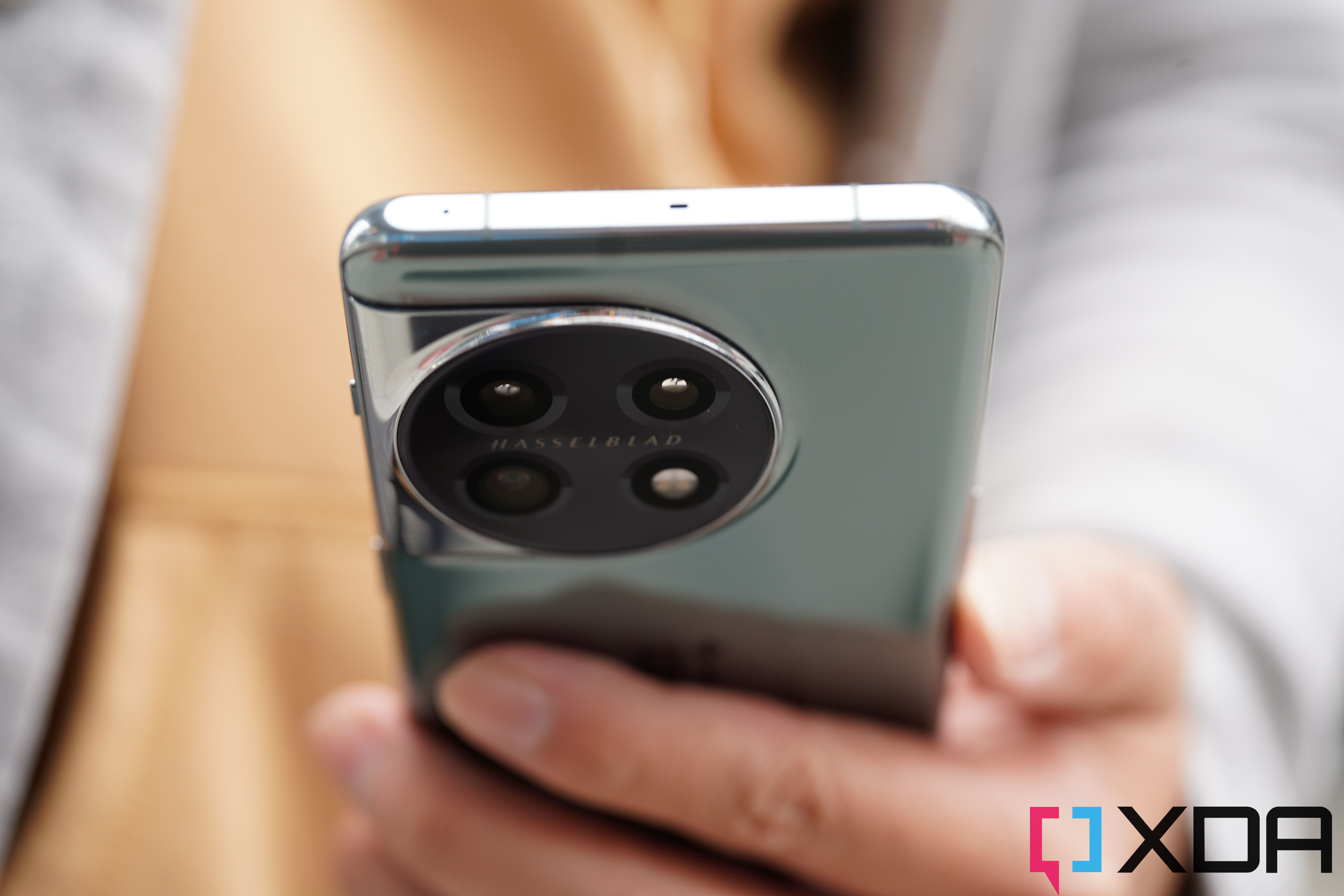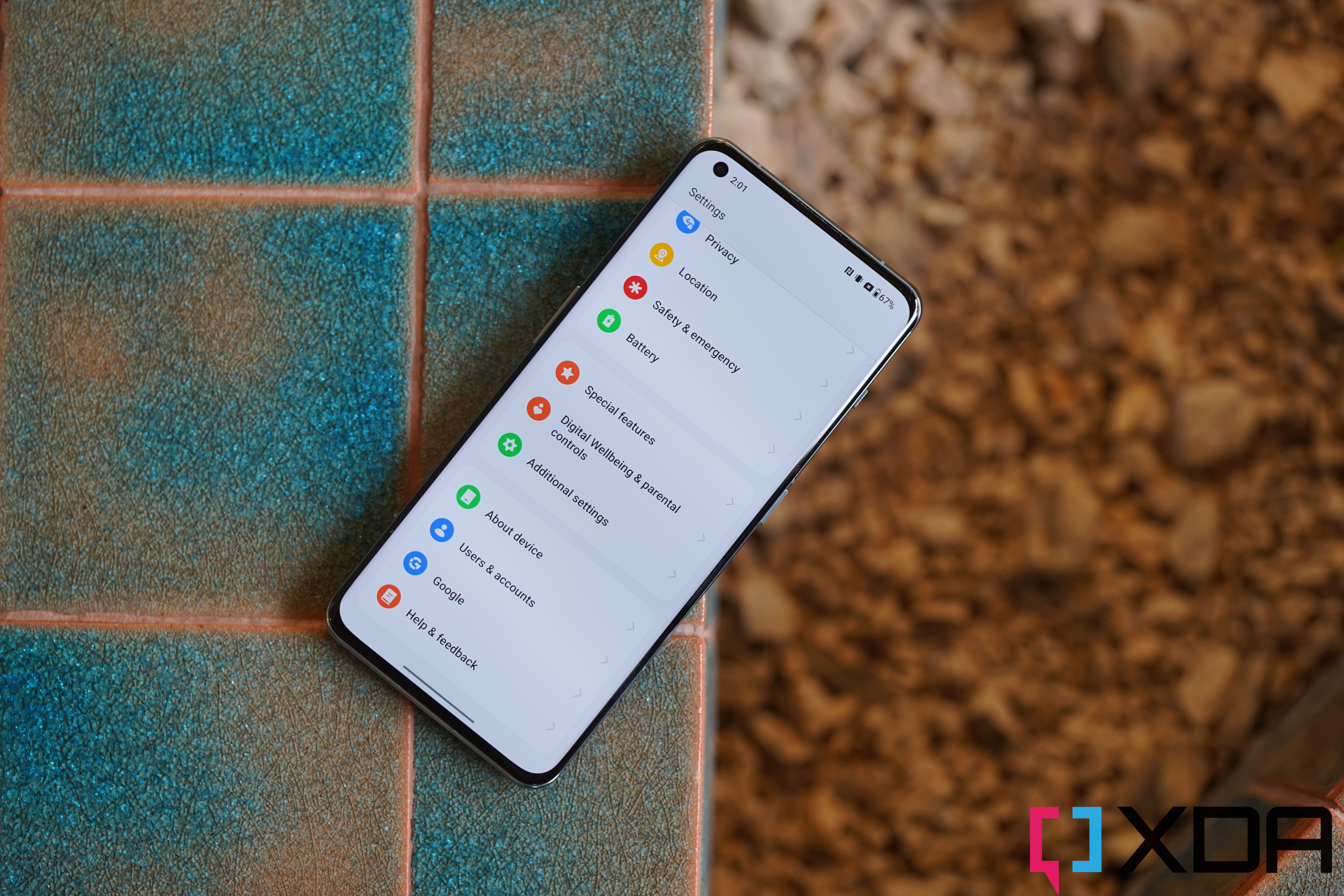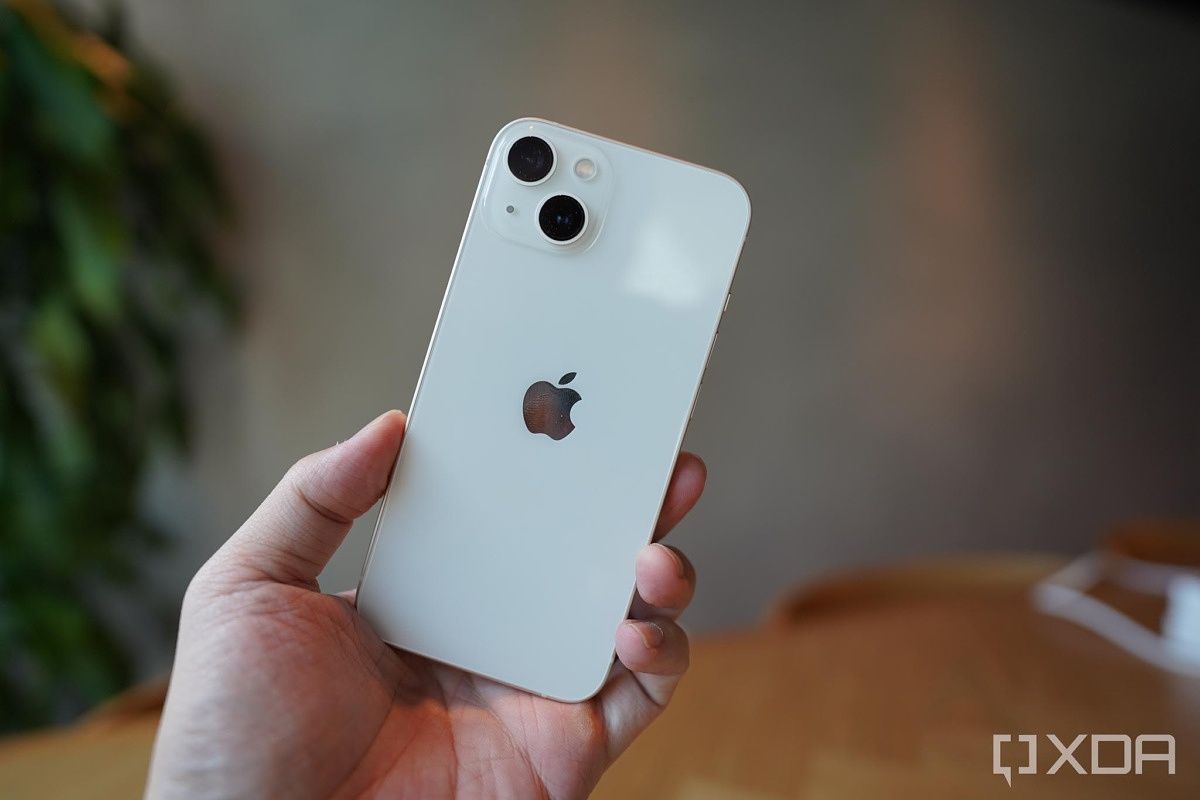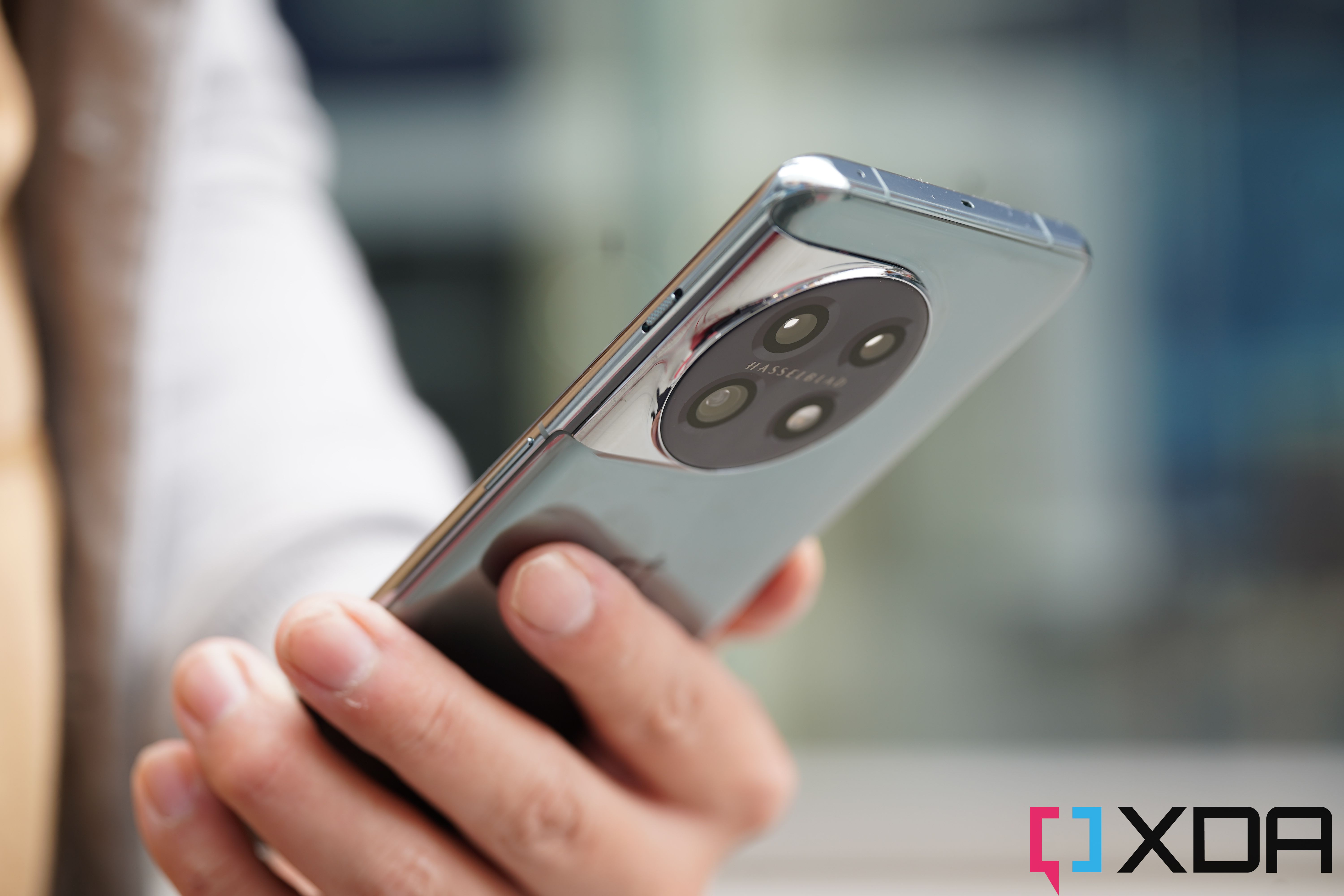-
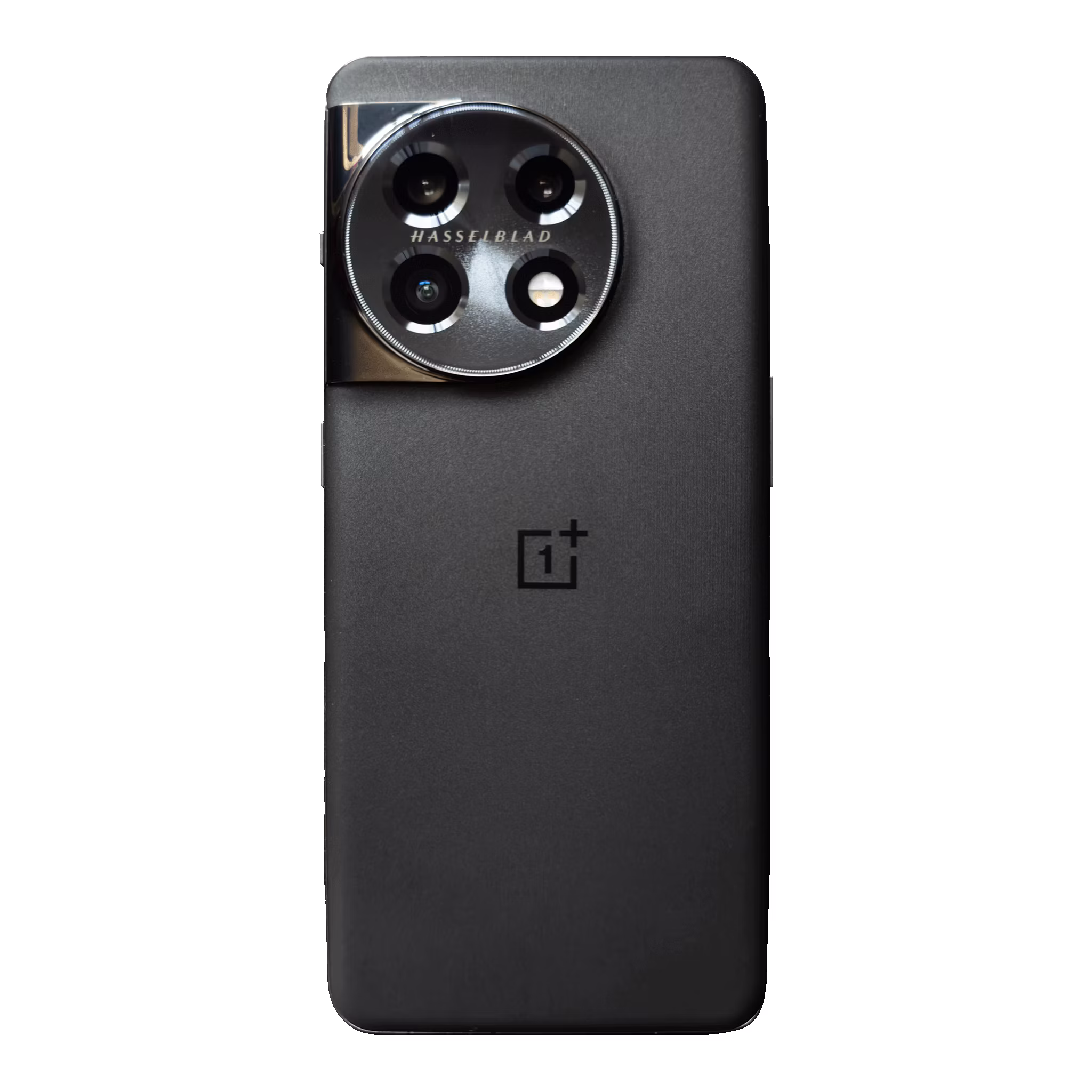
OnePlus 11
The OnePlus 11 is the company's return to form, offering an almost-flagship experience at a lower price point than what Samsung charges.
-
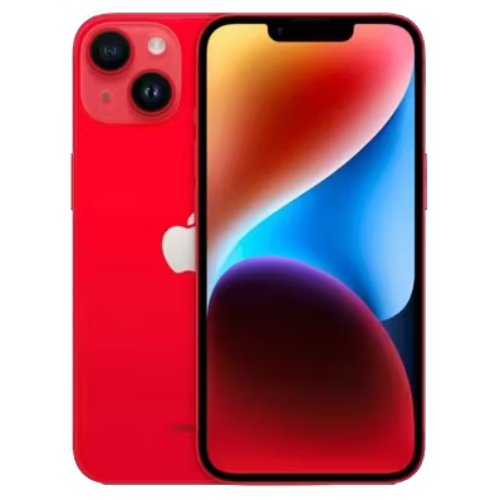
Apple iPhone 14
The iPhone 14 is the base model of the 2022 iPhone series, offering a balanced set of features for the average user, including a 6.1-inch notched display.
If you're looking for a new phone but find the four-digit pricing of top-tier flagships like the Galaxy S23 Ultra a bit high, a great option is to simply buy the lower-tier flagship device without the "Pro" moniker. These non-Pro flagship devices tend to still be flagship phones in terms of their processors, displays, and main cameras. They're just usually missing some of the extra bells and whistles seen in Pro phones, like an extra zoom lens, stylus, or "Dynamic Island." In fact, OnePlus declined to release a "Pro" model phone this year citing similar reasons: that its standard OnePlus 11 is enough of a flagship. The same goes for Apple's iPhone 14, which shares a lot of features with its Pro and Pro Max siblings.
It's worth mentioning that the iPhone 14 has a larger sibling named the iPhone 14 Plus that brings the same set of specs and features, just with a larger screen and battery, so while this article will focus on the smaller iPhone 14 model, you can apply almost everything written here to the iPhone 14 Plus except for battery performance.
-
OnePlus 11 Apple iPhone 14 Brand OnePlus Apple SoC Qualcomm Snapdragon 8 Gen 2 Apple A15 Bionic Display 6.7-inch 2K 120Hz Super Fluid AMOLED, LTPO 3.0 6.1-inch OLED, 60Hz, HDR 10, 1200nits RAM 8GB/16GB 6GB Storage 128GB/256GB 128GB/256GB/512GB Battery 5,000 mAh 3,280mAh Operating System OxygenOS 13, over Android 13 iOS 16 Front camera 16MP TrueDepth: 12MP, ƒ/1.9 Dimensions 163.1 x 74.1 x 8.5 mm (6.42 x 2.92 x 0.33 in) 5.78 x 2.82 x 0.31 inches (146.7 x 71.5 x 7.8mm) Colors Titan Black, Eternal Green Midnight, purple, Starlight, blue, red, yellow Weight 7.2 ounces (205g) 6.07 ounces (172g) Price $699 $630
OnePlus 11 vs iPhone 14: Pricing and availability
Both phones are on sale now, but as usual, Apple has a much wider retail reach. Not only is the iPhone 14 (and all other iPhone 14 series phones) available at popular retailers such as Best Buy and Amazon, but it's in every carrier store in the U.S. and likely around the world. The OnePlus 11 in the U.S. is only available on Amazon, Best Buy, or via OnePlus' online store. Availability will vary in other regions, too. Still, if you're living in the U.S., it isn't hard to buy the OnePlus 11, it's just the iPhone 14 is so much easier to buy.
The iPhone 14 starts at $799 for the 128GB model, $899 for 256GB, and $1,099 for 512GB. The larger iPhone 14 Plus sells for $899/$999/$1,199 for those exact same configurations. The OnePlus 11, meanwhile, starts at $699 for 128 GB model with 8GB of RAM and $799 for a 256GB storage with 16GB of RAM. (Apple doesn't officially reveal RAM for its iPhones).
OnePlus 11 vs iPhone 14: Design and display
The iPhone 14 design should be familiar to all readers — it just looks like the last couple of iPhones. At 173g and with a 6.1-inch screen, the iPhone 14 is lightweight and relatively easy to hold. However, I find the flat sides with hard angles dig into my palm. The OnePlus 11, meanwhile, is a larger, curvier Android phone, with a visually striking camera module that spills over to the side to blend into the frame. The camera module is crafted out of stainless steel, while the back glass has either a grippy matte green coating or a silky black coating that's a bit more slippery. Although the OnePlus 11 is larger, I love its in-hand feel because it has no sharp edges anywhere.
Both phones feature the usual power button, volume rocker, plus a physical slider switch to toggle between normal, vibrate, or silent mode. The OnePlus 11 includes an in-display fingerprint scanner for biometrics, while the iPhone 14 uses its TrueDepth camera system for Face ID.
Regarding the front side of the device, I think it's a clear win for the OnePlus 11, as its OLED screen has a faster refresh rate, gets brighter, and is less interrupted, with just a small hole-punch cutout. The iPhone 14 has a notch, which given the small size of the screen, is even more distracting because the notch is the same size in both the 14 and 14 Pro. The 60Hz panel is also quite jarring to use in 2023.
Whether it's the 60Hz display or the existence of the notch (instead of the "Dynamic Island"), it seems like Apple didn't really try hard to hide the fact this is not quite the top iPhone. And while the OnePlus 11 does cut some corners compared to pricier Android flagships, such as the lack of wireless charging, the phone overall comes much closer to resembling a Pro Android phone than the iPhone 14 does to resembling a Pro iPhone.
However, the iPhone 14 also has a superior IP rating — IP68 — to the OnePlus 11's IP64. This means the iPhone 14 is protected against completely being submerged in water, while the OnePlus 11 is supposed to be rated for protection against water splashes.
Stereo speakers can be found in both phones, but the iPhone 14's sound a bit more full. Haptics are, surprisingly, a close call. This has been an area of superiority for Apple, but OnePlus (and Oppo) has really improved its haptic engine in the past two years.
OnePlus 11 vs iPhone 14: Cameras
When it comes to optics, the OnePlus 11 again offers more, giving consumers a triple-lens system covering the usual ultrawide, wide, and telephoto focal lengths. These cameras are more pixel-dense and pack larger image sensor sizes than the iPhone 14's dual 12MP setup, which covers ultrawide and wide focal lengths. The iPhone 14's main camera, however, does have a faster f/1.5 aperture. But generally speaking, OnePlus 11's cameras are more versatile, and the main camera has a higher ceiling, producing sharper images with greater dynamic range.
The iPhone's cameras do excel in more computational photography tasks. For example, Apple has a better portrait mode with better artificial bokeh, and its video stabilization is more effective than the OnePlus 11's, particularly at night. Still, the OnePlus 11 camera system is just better overall. You can't argue against having a dedicated zoom lens, larger sensors, and more pixels. It's worth mentioning that the iPhone 14 uses night mode very liberally, too, compared to the OnePlus 11.
The iPhone 14 does have a better selfie camera, at least for videos. It can shoot up at 4K resolution, while the OnePlus 11's front-facing camera tops out at 1080p. For still photo selfies, both are quite good, but many would prefer the iPhone's more natural skin tone.
OnePlus 11 vs iPhone 14: Software
It's yet another Android vs iOS section and what more can we say? At this point, most readers of XDA should have their minds made up. The OnePlus 11 runs Android 13, with OxygenOS on top. OxygenOS is not as close to stock Android as once was, but it's still a mostly minimal Android skin that doesn't sway from Google's take on Android as much as Samsung or Xiaomi. There are very few duplicate OnePlus versions of Google apps, for example, and other than the OnePlus Shelf, which can be accessed with a swipe from the upper right edge of the screen, the rest of the UI behaves similarly to Android. The notification shade even looks like the Pixel's.
The iPhone 14, meanwhile, runs on iOS 16. Because this phone only has a 60Hz display, animations are not as fluid as OxygenOS on the OnePlus 11. But that's mostly an illusion. The iPhone 14 is not slow at all and zips around as smoothly as the OnePlus 11. iOS 16's new features include a customizable wallpaper that intelligently apply 3D effects to the wallpaper photo and more intelligent photo sharing between other iPhone users. Apple's software has a superior app ecosystem, and if you use Apple products like a MacBook or AirPods, the iPhone 14 play nicely with them. The OxygenOS, while a fast and intuitive UI, just cannot match iOS' connectivity with other things.
OnePlus 11 vs iPhone 14: Performance
The iPhone 14 grabbed headlines late last year — and not the good kind — when it was revealed it would be powered by the same Apple A15 Bionic chip used in the iPhone 13. In other words, the iPhone 14 does not bring the annual processor upgrade that we have come to expect in almost all smartphones. At the time of this writing, the A15 Bionic is a year and half old. The OnePlus 11, meanwhile, run on the brand new Qualcomm Snapdragon 8 Gen 2 that's only made its North American debut a month ago, and is in total just about four months old.
Now, does it matter in real-world performance? Not really. Apple's A15 Bionic is still plenty powerful today, and while Qualcomm's Snapdragon 8 Gen 2 scores a bit higher in benchmarks, neither chip is noticeably superior in real-world use. And yes, we must keep in mind we're comparing chips that are one generation apart, so it shows how far ahead Apple's silicon general is.
Nobody but the most nitpicky would be able to find much to fault with these devices regarding typical smartphone usage.
With the Snapdragon 8 Gen 2, the OnePlus 11 is an excellent performer: fast, smooth, and energy efficient. The latter isn't something we can usually say about Android phones, but Qualcomm's latest chip did make significant efficiency improvements. Apple's A chips are still superior in terms of efficiency, but the gap has closed much more than before. Nobody but the most nitpicky would be able to find much to fault with these devices regarding typical smartphone usage.
Battery life is about even between the OnePlus 11 and the standard iPhone 14. The OnePlus 11 packs a large 5,000 mAh battery that can be charged at 80W speed in North America or 100W everywhere else, and the charger is included. Apple doesn't officially reveal battery size, but we know the iPhone 14 packs a 3,279 mAh battery (while the larger 14 Plus has a 4,323 mAh cell). The iPhone 14 can charge at just 20W speed, and the charger is not included. However, the iPhone does support wireless charging, while OnePlus 11 does not.
Regardless of those sizes, both phones can last a full 13-, 14-hour day with over 20% juice to spare, but keep in mind the OnePlus 11 has a much larger battery, so we can see Apple's chip is still more energy efficient. Move to the larger iPhone 14 Plus, and you can expect epic battery life, with the same 14-hour day only draining about 50-55% battery. In other words, the larger iPhone 14 Plus is almost a two-day phone for heavy users like myself. But if we're focusing on the smaller iPhone 14, it's about even with the OnePlus 11.
I prefer using the OnePlus 11 for gaming and media consumption due to the larger, less interrupted screen, but the iPhone 14 is no slouch. Nighttime photography is the only performance area I'd give a clear win to one side: the OnePlus 11 is just a better camera in challenging scenes.
OnePlus 11 vs iPhone 14: Which one is right for you?
It's always a bit of an apples-to-oranges comparison when comparing an iPhone against an Android. The reality is Apple does things so differently from Android on every level, and Apple is such a dominant, ubiquitous brand, that it can get away with things Android brands could only dream of. For example, the iPhone 14 is a nerfed Apple device, using components that are not Apple's best of the best, to the point of including a one-year-old chip, while the OnePlus 11 does a darn good job coming off like it's an uncompromising tip-top Android phone.
But let's say, for the sake of this article, the consumer only has two options, and it's these two phones. If that's the case, I think the OnePlus 11 is the clear winner, with a better screen, better main camera, faster charging with included charger, and it's $100 cheaper.

OnePlus 11
The OnePlus 11 is the company's return to form, offering an almost-flagship experience at a lower price point than what Samsung charges.
But the iPhone is the most ubiquitous phone for a reason. If you want a phone with a better hardware and software ecosystem, faster software updates, and will likely hold higher resale value years later, then the iPhone 14 is the phone to get. Or you may value shooting videos, and the iPhone 14 is a bit better there.

Apple iPhone 14
The iPhone 14 is the base model of the 2022 iPhone series, offering a balanced set of features for the average user, including a 6.1-inch notched display.

